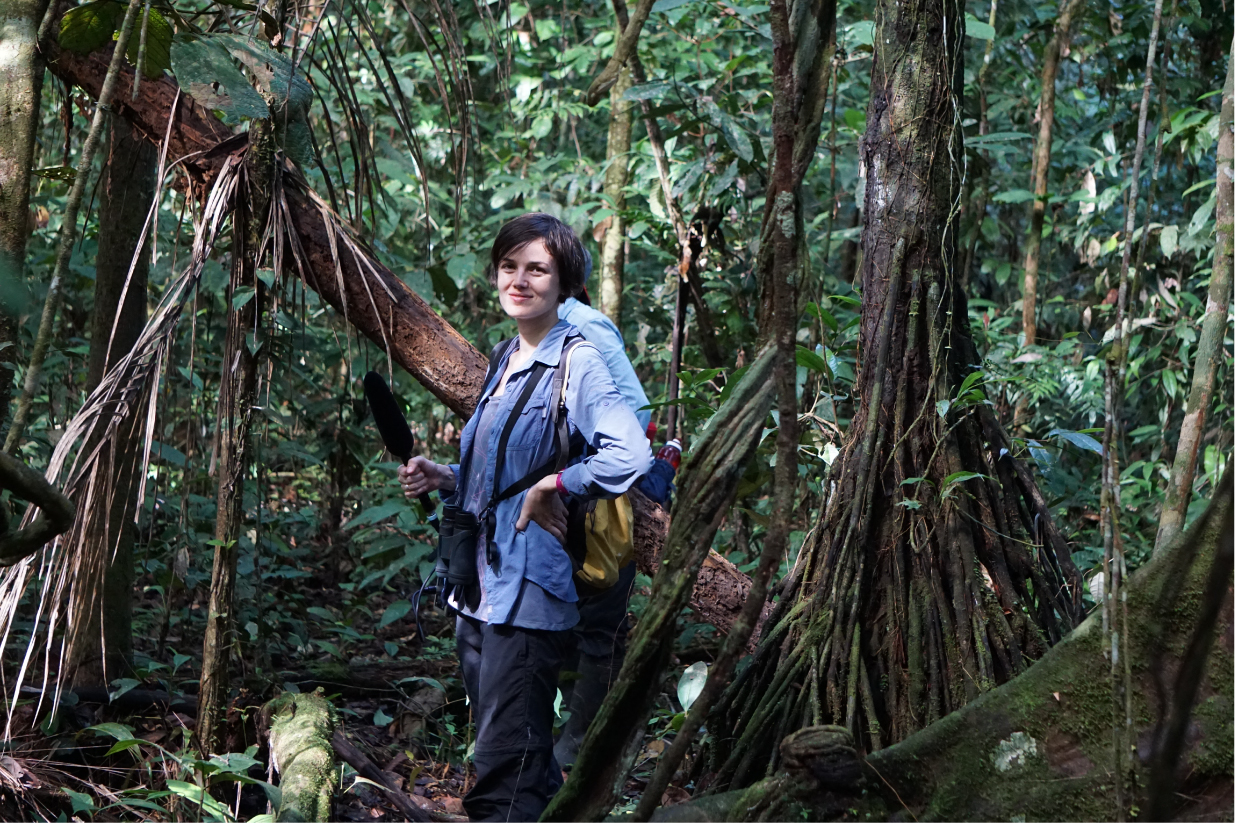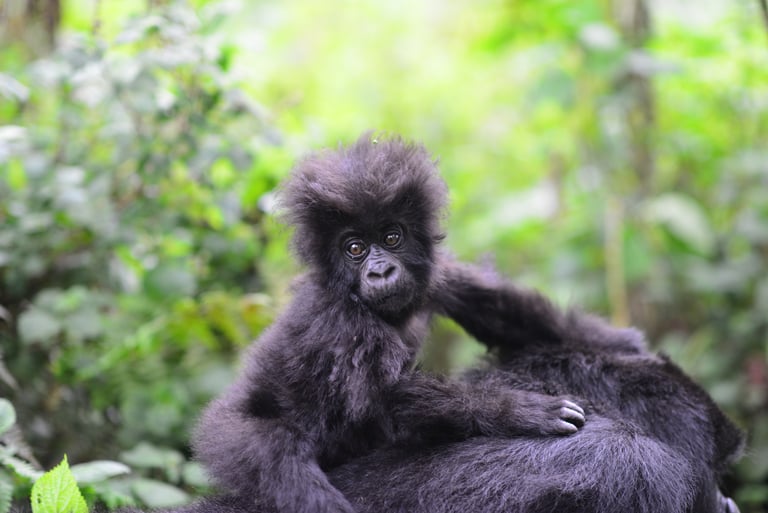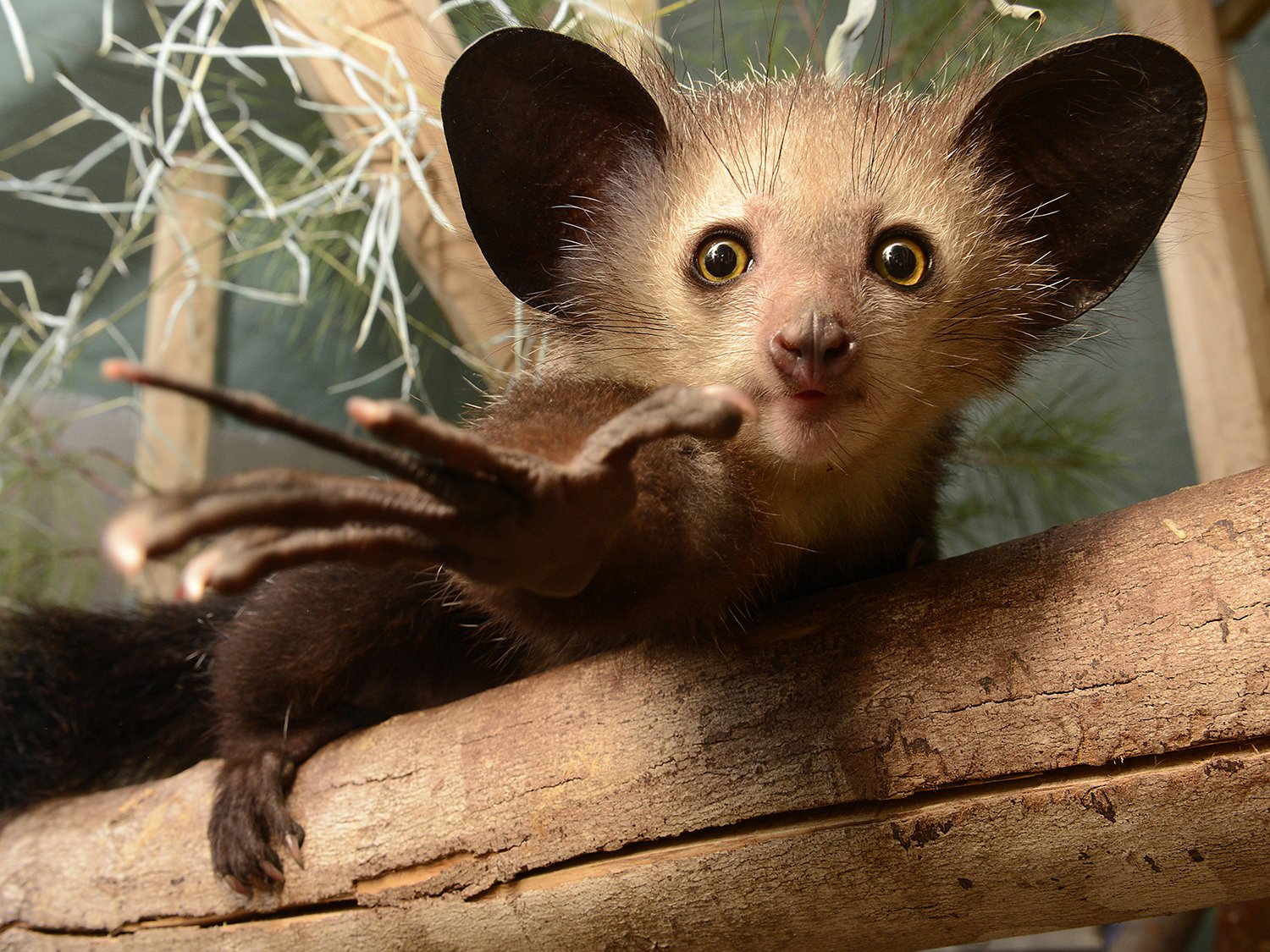Blog
Grantee Spotlight: Sofya Dolotovskaya
Grantee Spotlight Titi monkeys are a textbook example of a “monogamous” primate. They live in apparently perfect families: mother, father, and several offspring. But are these families really that perfect, or do mates cheat on each other? That’s the main question of Leakey Foundation grantee Sofya Dolotovskaya's research project.
Mountain Gorilla Population Passes 1,000
In the News All species of gorillas are critically endangered according to the Red List maintained by the International Union for the Conservation of Nature, but that does not mean there’s no hope for these animals.
California Academy of Sciences Welcomes New Anthropology Curator
In the News The Leakey Foundation is excited to welcome Dr. Todd Braje as the new Irvine Chair of Anthropology at the California Academy of Sciences' Institute for Biodiversity Science and Sustainability. This position was previously held by Leakey Foundation grantee Dr. Zeray Alemseged (2008-2017) and Leakey Foundation grantee and Scientific Executive Committee Member Dr. Nina Jablonski (1995-1998).
Guenon Monkeys Cross Species Boundary
Journal Article Leakey Foundation grantee Kate Detwiler from Florida Atlantic University is the first to document that two genetically distinct species of guenon monkeys inhabiting Gombe National Park in Tanzania, Africa, have been successfully mating and producing hybrid offspring for hundreds maybe even thousands of years.
Mapping Trees Can Help Count Endangered Lemurs
Journal Article The vast majority of lemur species are on the edge of extinction, experts warn. But not every lemur species faces a grim future. A study funded in part by The Leakey Foundation has shown that there may be as many as 1.3 million white-fronted brown lemurs still in the wild, and mouse lemurs may number more than 2 million.
Seeing the World Through a Tarsier’s Eyes
Guest Post, 50th Anniversary Tarsiers are small (tennis ball-sized) nocturnal primates that have the largest eyes relative to body size of any known living or extinct vertebrate. Their enormous eyes are thought to enhance visually-guided predation by increasing visual sensitivity in dim light and contrasting an object of focus with a progressive depth of field.
Mother’s Milk Holds Key to Unlocking an Evolutionary Mystery From the Last Ice Age
Journal Article, Guest Post As biologists explore the variation across the genomes of living people, they’ve found evidence of evolution at work. Particular variants of genes increase or decrease in populations through time. Sometimes this happens by chance. Other times these changes in frequency result from the gene’s helping or hindering individuals’ survival.
Neanderthal Mother, Denisovan Father
Journal Article Together with their sister group the Neanderthals, Denisovans are the closest extinct relatives of currently living humans. Now researchers have discovered a tiny fossil from an individual who is the offspring of a Neanderthal mother and a Denisovan father.
Enigmatic Fossils Rewrite Story of When Lemurs Got to Madagascar
Journal Article Discovered more than half a century ago in Kenya and sitting in museum storage ever since, the roughly 20-million-year-old fossil Propotto leakeyi was long classified as a fruit bat. Now, it's helping researchers rethink the early evolution of lemurs, distant primate cousins of humans that today are only found on the island of Madagascar, some 250 miles off the eastern coast of Africa.
Massive Monumental Cemetery Discovered in Kenya
Journal Article An international team, including Leakey Foundation grantees and researchers at Stony Brook University and the Max Planck Institute for the Science of Human History, has found the earliest and largest monumental cemetery in eastern Africa.
Found 609 Results












